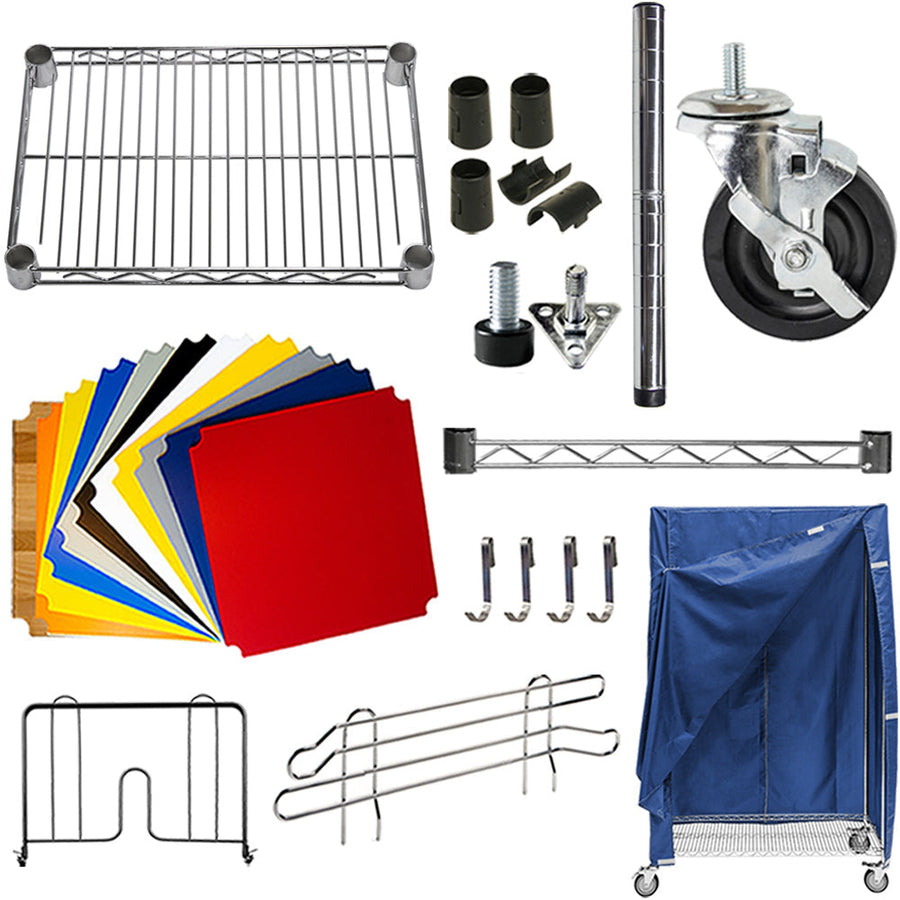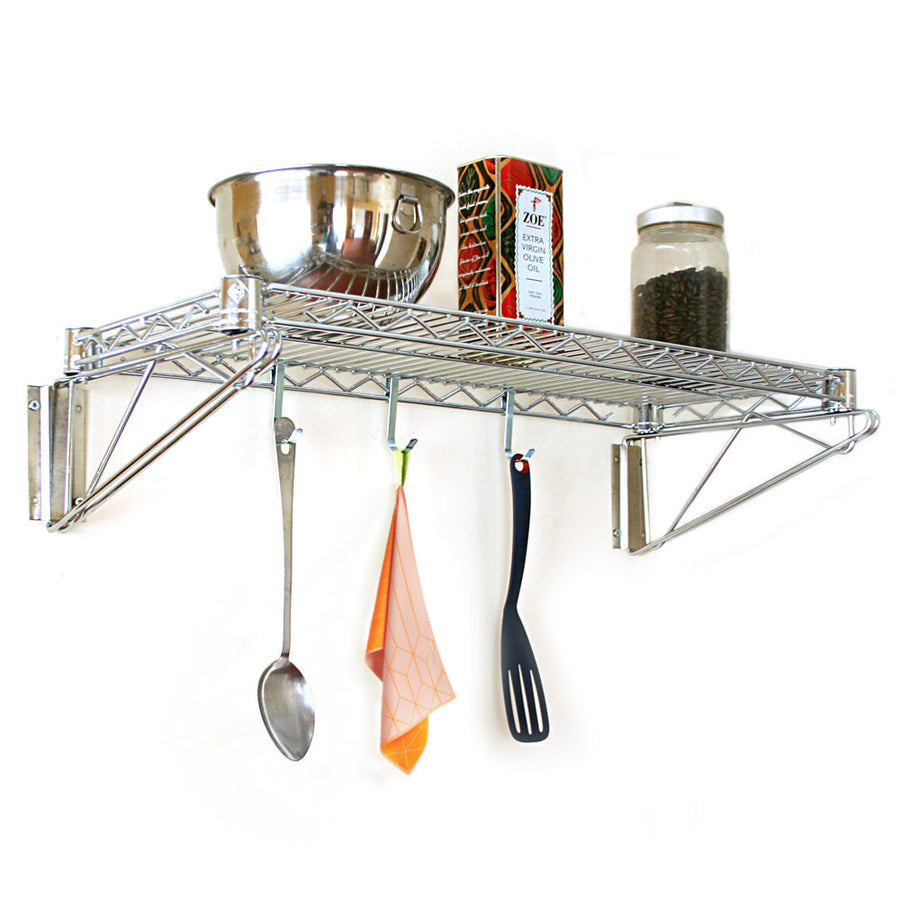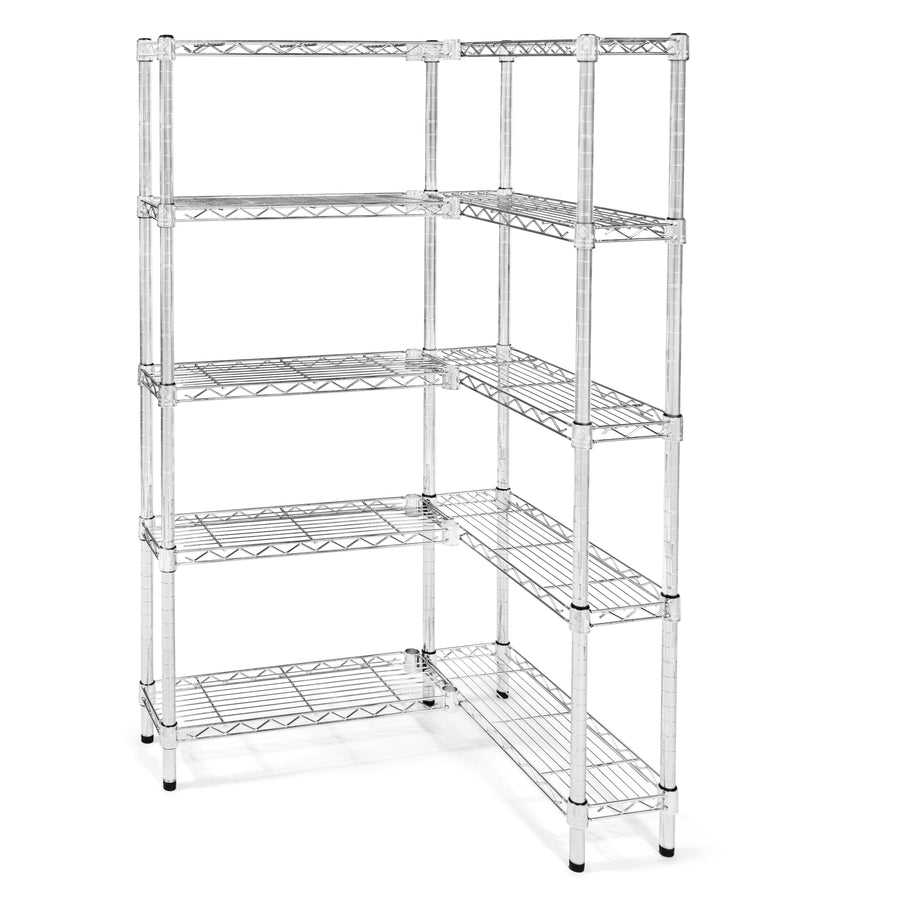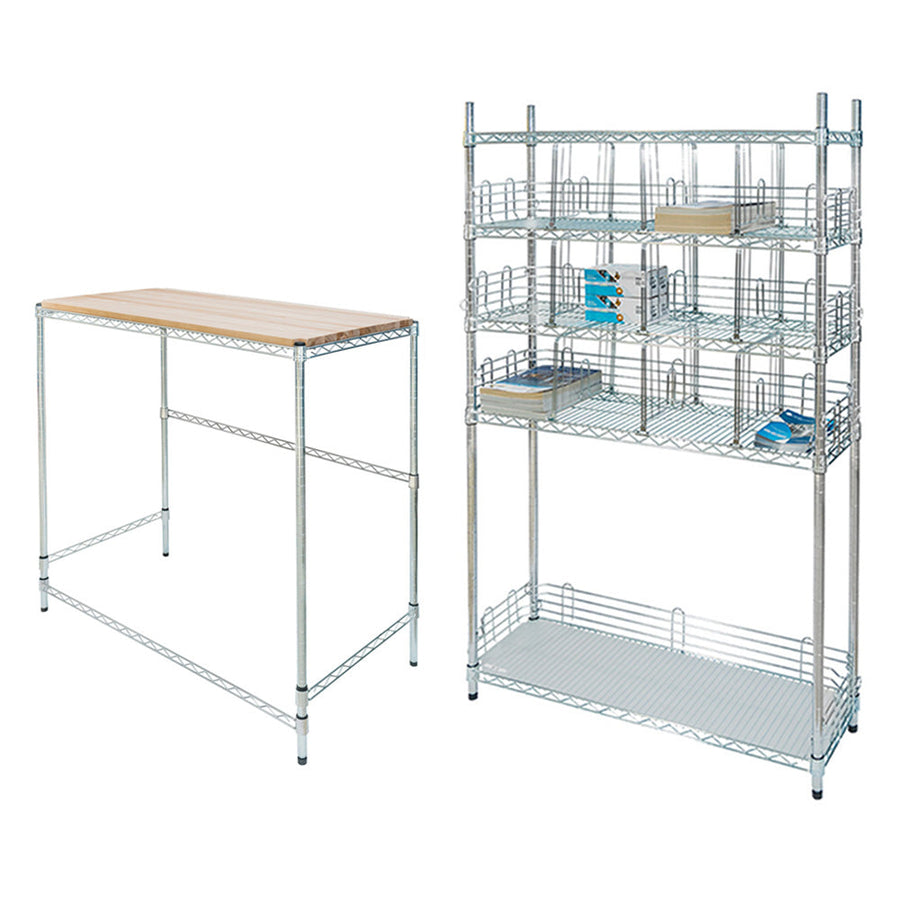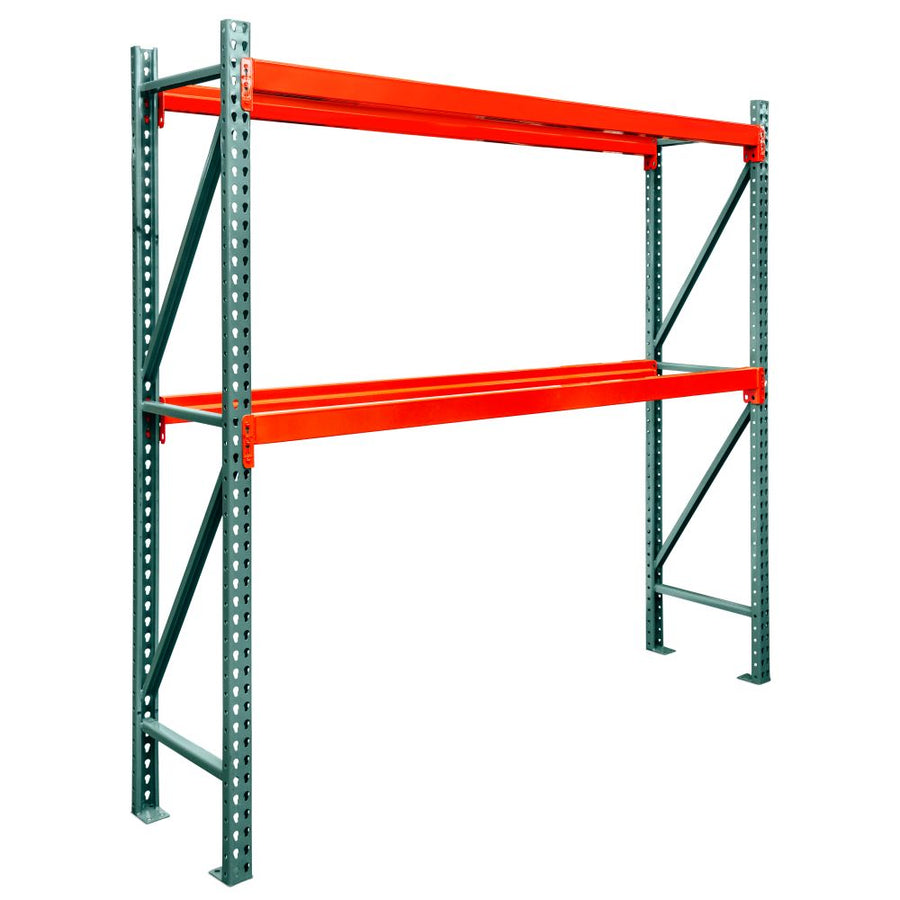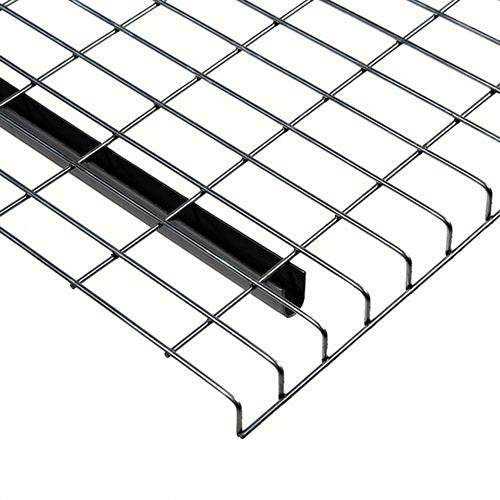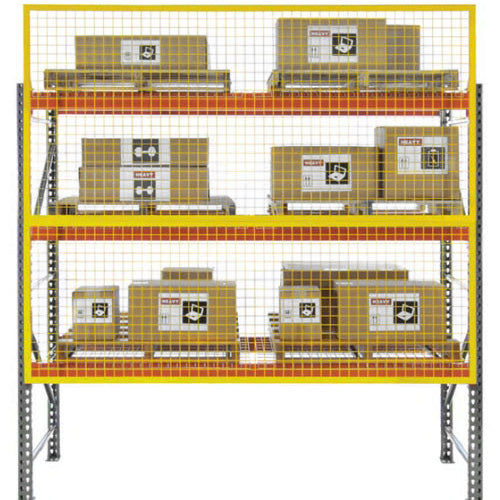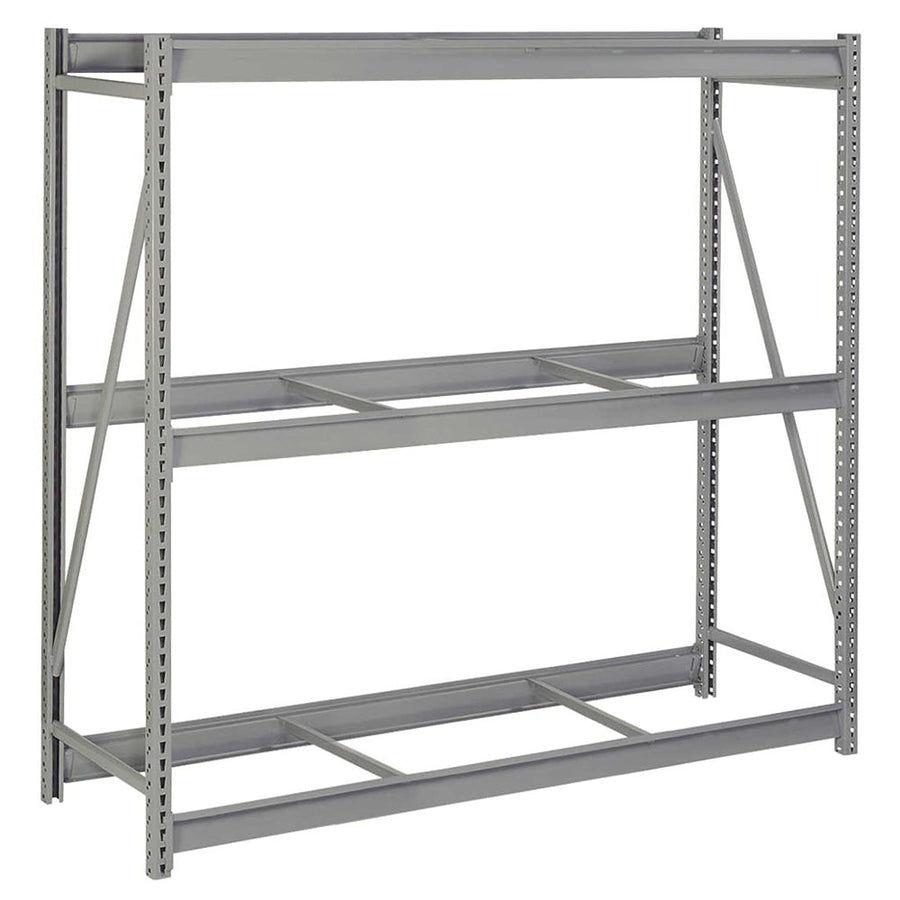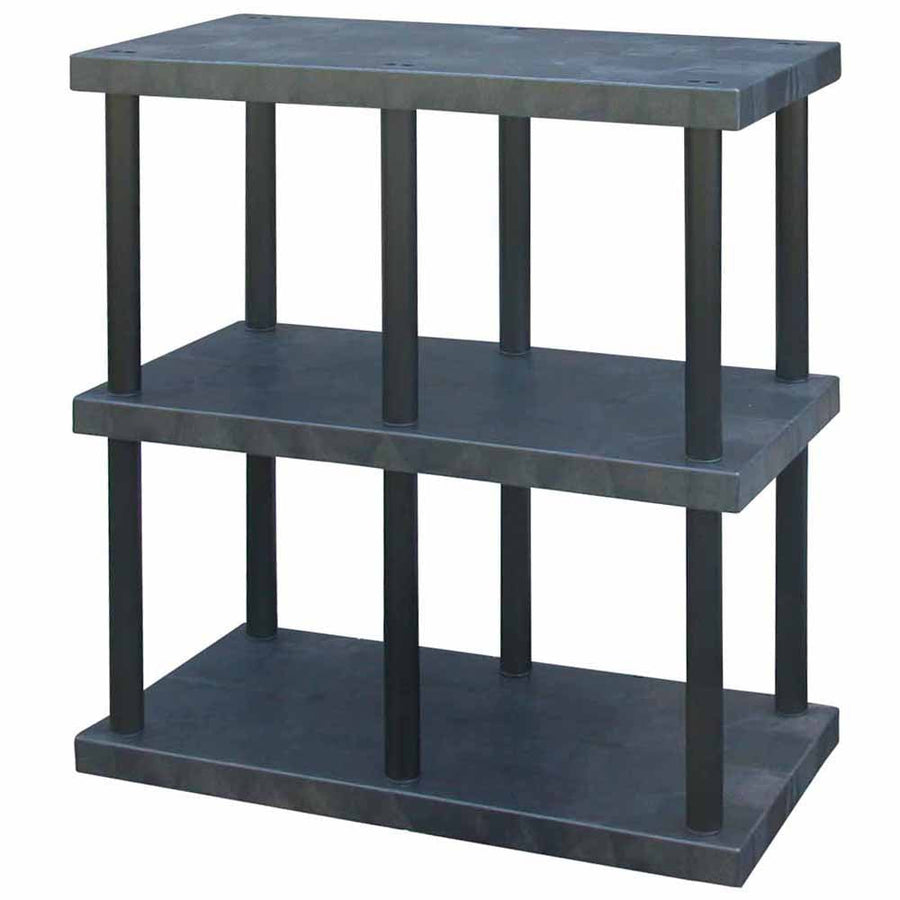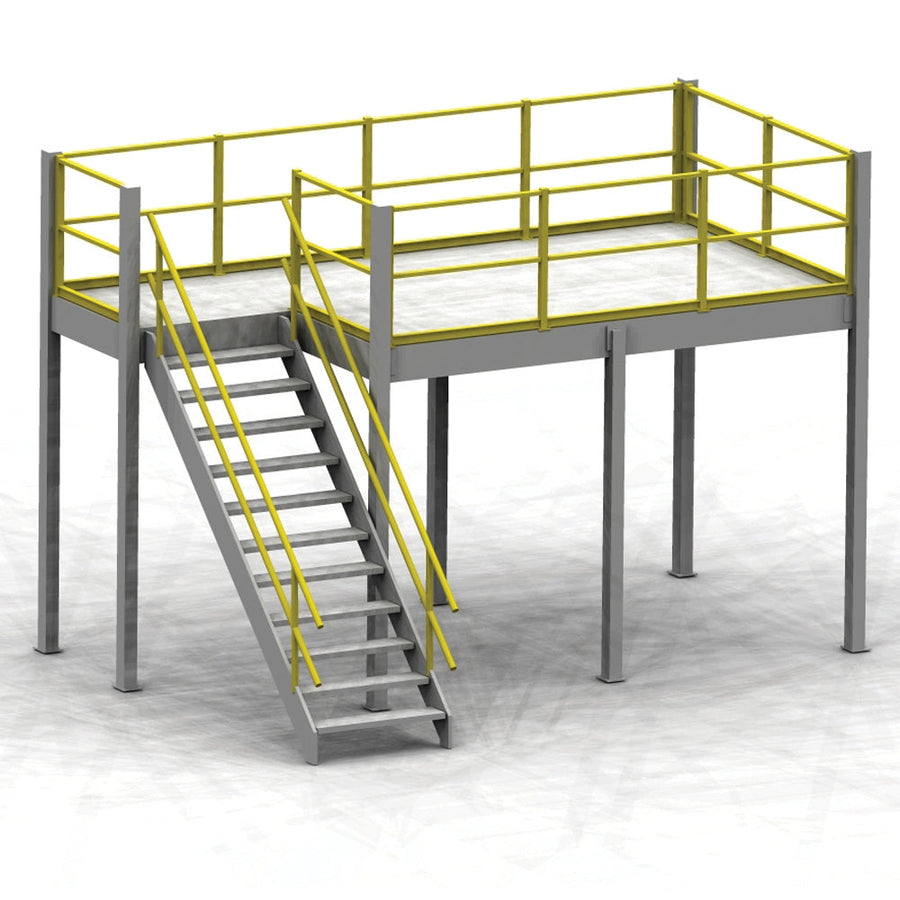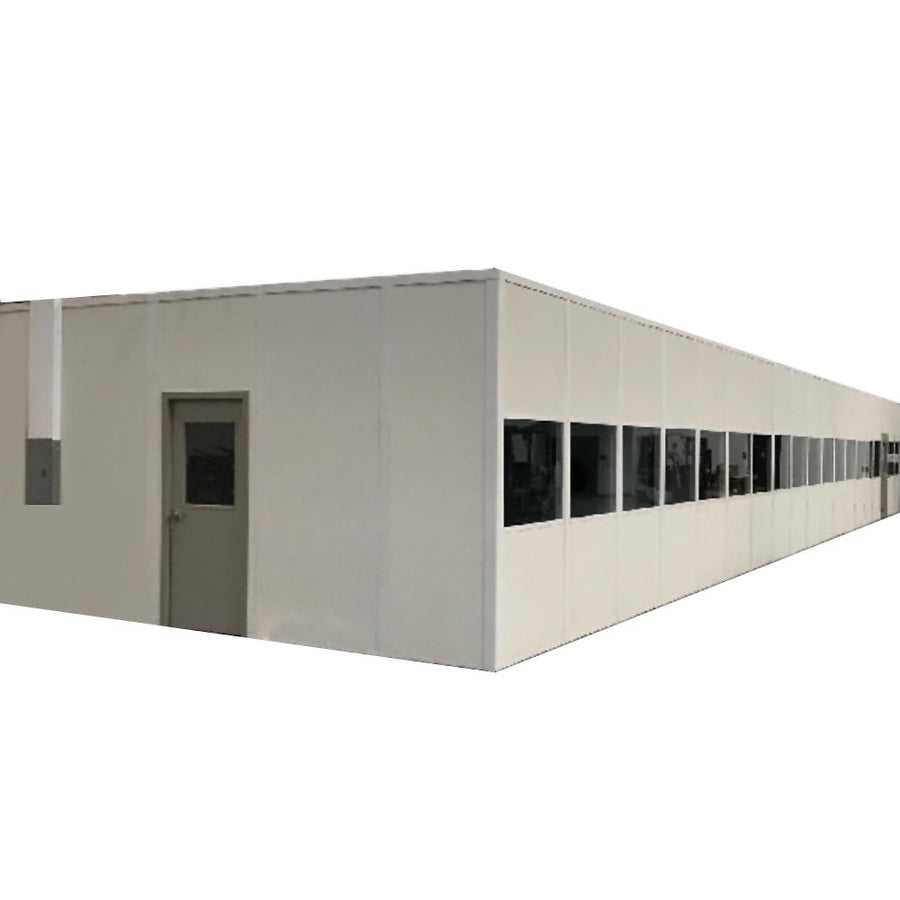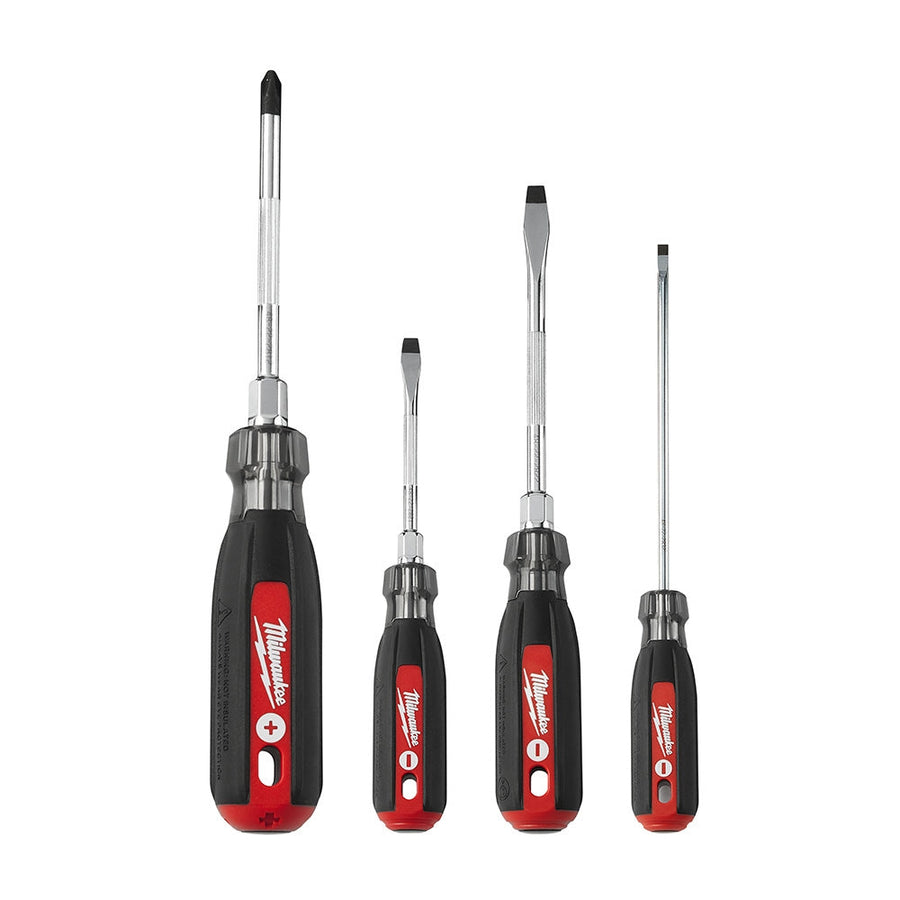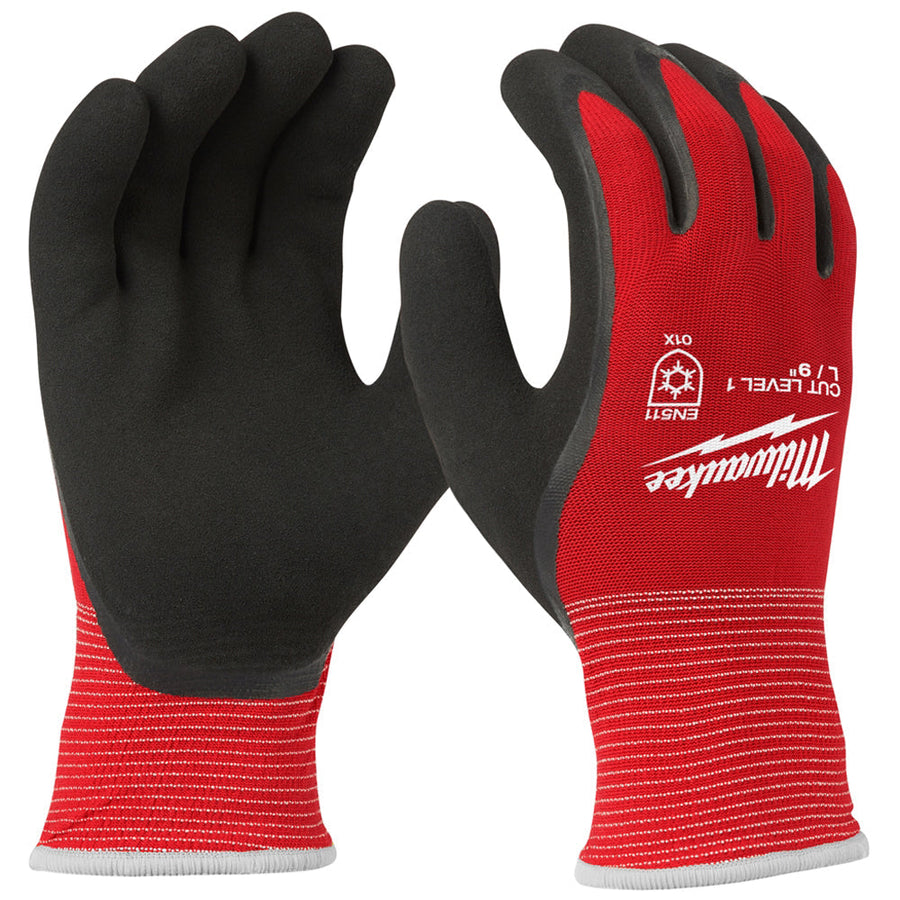A relatively new concept that continues to grow in popularity, push back racking offers many specific advantages and benefits for anyone who requires deeper racking options for larger items or heavier loads. A rolling rack built into the beams allows more dense items to be stocked all the way to the back of the racks and provides support for much heavier items than you might be able to store on standard racking. If you’re considering installing some push back racking in your facility but you want to know a little more about the advantages they provide and how to use them, or what different types of push back racking we can offer, we’ve provided this brief guide to how they can help your warehouse.
What are push-back racks?
Push-back racks, true to their name, are a type of warehouse shelving that allows for pallets to be stored in a line, starting from the front of the rack. Offering a vertical design similar to other racks, the greater depth allows you to store between 2 and 6 pallets in a row, with the ability to place racks back-to-back in order to store up to 12 pallets.
Push back racking works by offering welded metal carts inside each row of the rack, mounted to a rail which is tied to the support beams. Each of these carts has wheels that travel back and forth, allowing you to more easily position the pallets you store as well as creating a FILO (first-in, last-out) system for easier inventory prioritization.
The frames of these racks can be arranged either in a straight line, or in a staggered pattern to reduce overall column load, which can allow you to increase vertical height by adjusting where the support beams sit.
Benefits and uses of push back racking
Flexible Inventory Access
The method of placing items on a push back rack helps to ensure better inventory control & access using either a First In, Last Out (FILO) system, or the Last In, First Out (LIFO) system. This depends on how your racks are arranged, and where they are placed inside your warehouse, as it may be easier to access the products in the front of the rack if the rack is too near a wall. First In, First Out (FIFO) methods may also be possible if your racks offer access to both ends, or if you have the available lane space to move products into a new lane, even if an older lane still has room available.
These racks also allow for better SKU selectivity by giving you the ability to make every vertical pick face a different SKU or item type, allowing for easier movement and management of product types you find yourself going through a lot of.
Easier Loading and Retrieval
Thanks to their open design, push back racks allow for forklifts to deposit loads more quickly. The newest loads push the previous items back up the incline to instantly create the space needed to keep items safely on the rack, without the need to remove items or reorganize your racks to make room. It also cuts down on travel time for the forklift operator, meaning your operations will flow more efficiently and place less stress on your workers and equipment.
Create More Storage Space
More so than several other kinds of pallet storage, push back racking offers an increased amount of space to free up room in other areas of your facility or warehouse. Designed specifically for larger pallets and bigger quantities of items, installing push back racks allow you to clear space for other items that cannot be stored on pallets or placed on racks for whatever reason. In addition, the reduced workload it offers on your forklift will help keep your aisles and shop floor clear of obstructions to help keep your employees safe and your storage space free.
No matter what you keep on them, push back racking can prove to be a huge benefit to your team, your inventory, and your warehouse operations overall.



